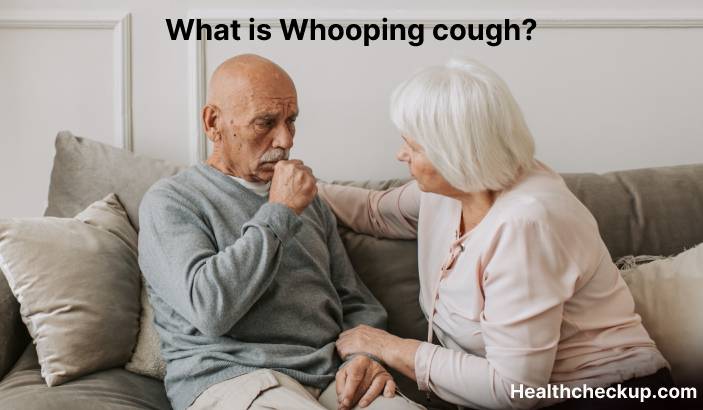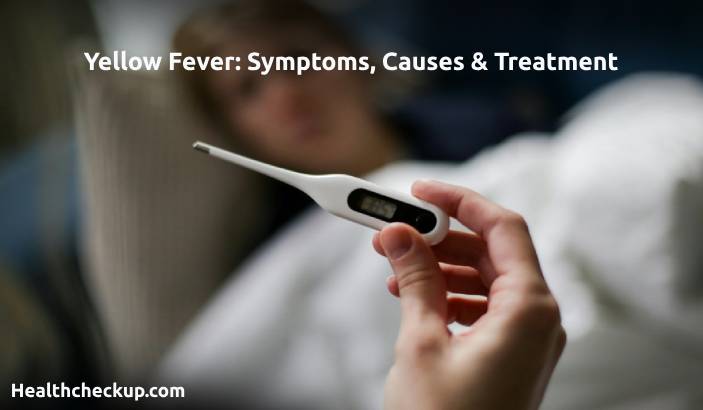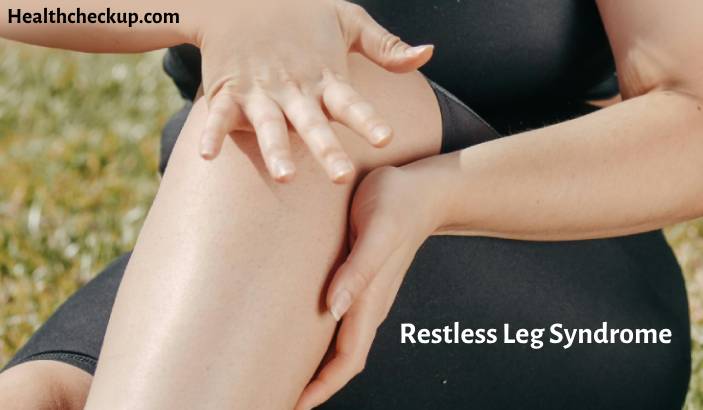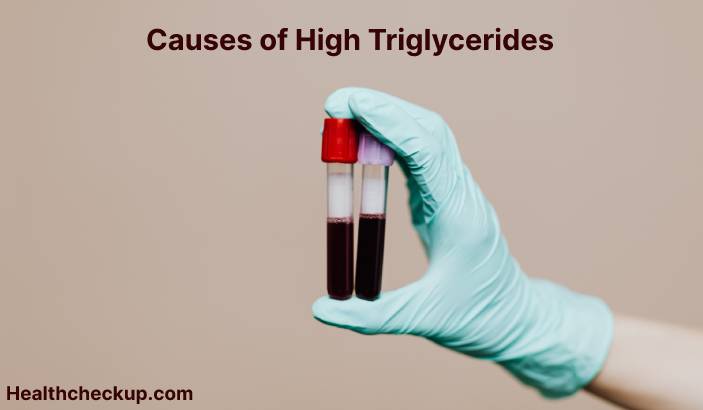Whooping cough, also known as pertussis, is a highly contagious respiratory disease that is caused by the bacterium Bordetella pertussis. Whooping cough is most commonly seen in children, but it can occur at any age. It is characterized by severe coughing fits that can last for several weeks.
Symptoms of whooping cough may include:
- Severe coughing fits that can last for several weeks
- Coughing that produces a high-pitched “whooping” sound when the person inhales
- Difficulty breathing
- Vomiting after coughing
- Exhaustion
Whooping cough can lead to serious complications, such as pneumonia, rib fractures, and brain damage. It can be fatal, particularly in infants.
Diagnosis of whooping cough is typically based on the presence of symptoms and a characteristic cough. It may also involve laboratory tests to confirm the presence of the bacterium.
Treatment of whooping cough is typically with antibiotics to help clear the infection. It is important to begin treatment as soon as possible to reduce the risk of complications. In addition to antibiotics, treatment may also involve medications to control coughing and to help the person rest.
Whooping cough can be prevented through the use of a vaccine. The vaccine is recommended for all children and for adults who are in close contact with children, such as healthcare workers and caregivers. If you are experiencing symptoms of whooping cough or have been exposed to an individual with the disease, it is important to seek medical attention as soon as possible. Follow the recommendations of your healthcare provider to help manage your symptoms and to reduce the risk of complications.








